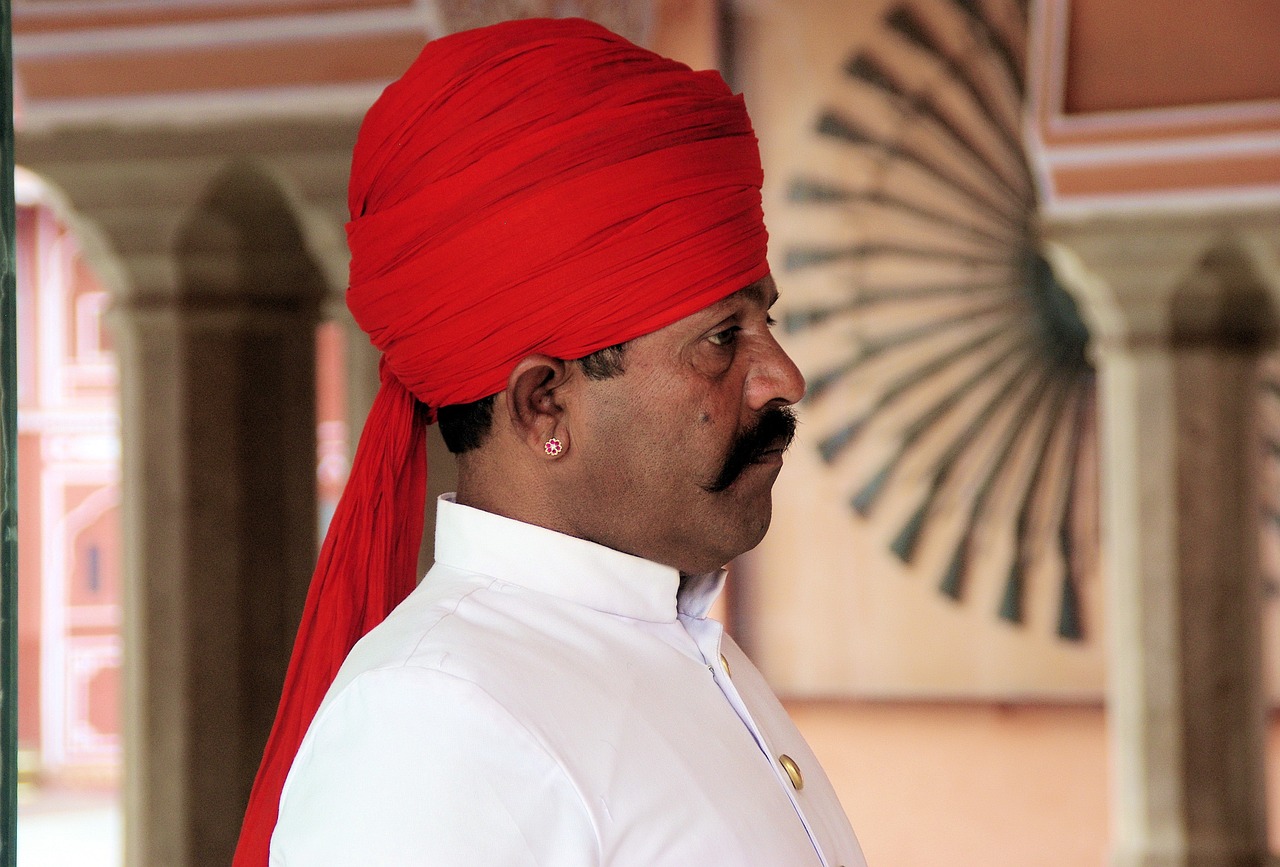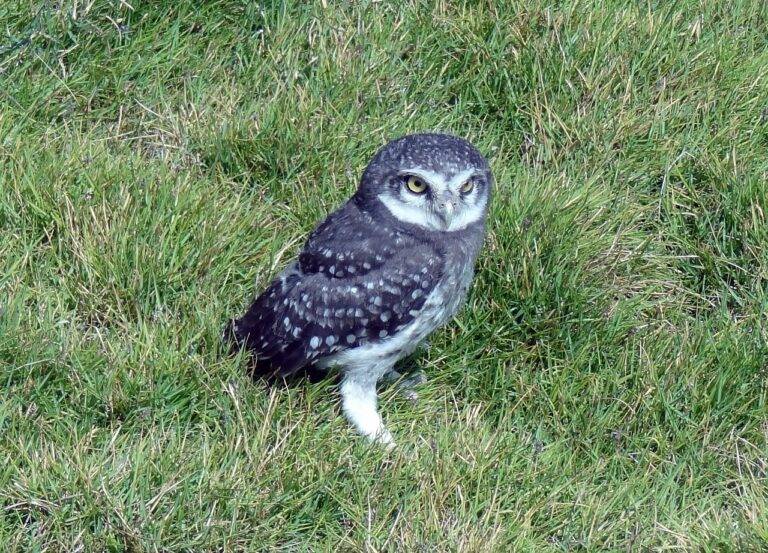Exploring the History of Electioneering Practices in Political Campaigns
Electioneering practices encompass a wide range of tactics employed by political candidates and parties to gain support and sway voters during election campaigns. These strategies may include traditional methods such as public speeches, campaign ads, and canvassing, as well as more modern approaches like social media campaigns and targeted messaging. The ultimate goal of electioneering is to influence voter behavior and secure electoral victories.
In addition to shaping public perception and mobilizing supporters, electioneering also plays a significant role in defining the political landscape and setting the agenda for policy debates. By strategically utilizing resources and capturing the attention of voters, candidates can effectively communicate their platforms, counter opponents’ messages, and ultimately position themselves for success on Election Day. Understanding the intricacies of electioneering practices is essential for both political operatives and voters alike as they navigate the complexities of the democratic process.
Origins of Electioneering in Political Campaigns
In the early days of American politics, electioneering first emerged as a strategic method used by political candidates to win over voters and secure their support. This practice of actively promoting a candidate’s campaign and influencing public opinion has since become a fundamental aspect of modern political campaigning.
The origins of electioneering can be traced back to the late 18th century when political parties started to organize and mobilize their supporters to help sway elections in their favor. By utilizing various tactics such as distributing campaign literature, organizing rallies, and engaging in debates, candidates were able to build momentum and connect with voters on a more personal level.
What is electioneering?
Electioneering refers to activities carried out by individuals or groups to influence the outcome of an election, such as promoting a candidate or a political party.
When did electioneering practices first start?
Electioneering practices can be traced back to ancient civilizations, but they became more prominent in modern times with the rise of mass media and political campaigns.
How has electioneering evolved over time?
Electioneering has evolved from simple grassroots efforts to sophisticated marketing strategies, utilizing various forms of media and technology to reach a wider audience.
What are some common electioneering practices used in political campaigns?
Common electioneering practices include advertising, canvassing, fundraising, public speaking, debates, and social media engagement.
How influential is electioneering in shaping election outcomes?
Electioneering can have a significant impact on shaping election outcomes, as it helps candidates to communicate their message effectively and mobilize support from voters.





